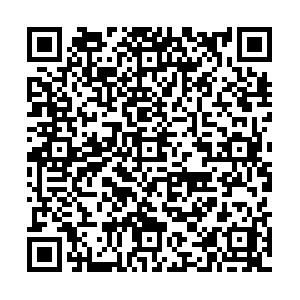-
Abstract
Spaceborne telescopes for gravitational wave detection crucially collimate bidirectional beams in ultra-long interferometric optical paths. The faint optical path changes due to gravitational waves demand pm-level optical path length stability and below 10−10 level backscattered light in the telescopes. The ultra-high-level specifications requirements are out of state-of-the-art testing techniques. The development of testing and evaluation techniques for spaceborne telescopes is a crucial prerequisite for the success of the space gravitational wave detection program. This paper overviews the development of spaceborne gravitational wave detection telescopes, focusing on the optical path length stability and backscattered light testing status, results, and further plans, providing reference in the testing and evaluation of Chinese spaceborne gravitational wave detection telescopes. -



 E-mail Alert
E-mail Alert RSS
RSS


